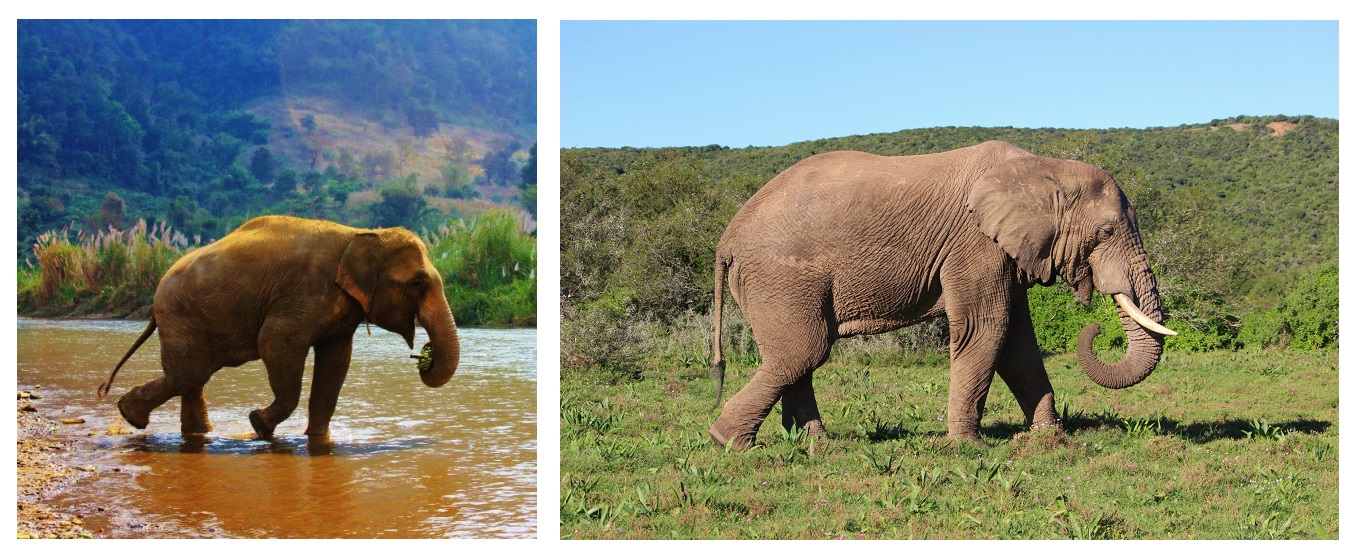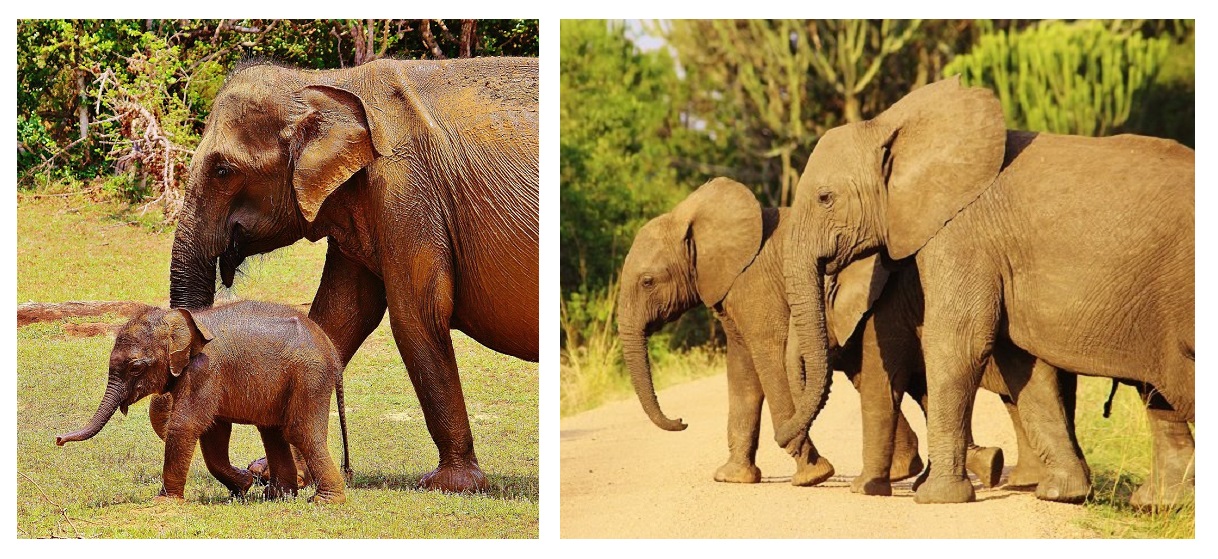Conservation Meets Ecotourism at Thailand’s Most Famous Elephant Sanctuary
Millions of tourists flock to Thailand every year to view its magnificently diverse landscapes, embrace the rich Buddhist culture, and dine on the exotic local cuisine. Itineraries also often include an elephant trek through the country’s dense rainforests or a visit to one of Thailand’s many flamboyant animal circuses. Unbeknown to many of these tourists, the animals that perform for their pleasure, have undergone many hardships in the process of their domestication – perhaps none more so than the Asian elephant.
The world’s second-largest land animal – runner-up only to the African elephant – has been an iconic symbol to the colourful kingdom formerly known as Siam for thousands of years. But much like China’s Giant Panda and the Bengal Tiger of India, Thailand’s national animal is fast becoming an endangered species.
Commonly used in warfare in earlier years, these graceful beasts have more recently been domesticated and pressed into service in the logging and tourism industries. Logging was banned in Thailand in 1989 and up until then, had been a prominent factor toward the rapid acceleration of deforestation within the country. Ironically, the working elephants contributed to the destruction of their own habitat, and in collaboration with the fact that their owners had no further practical nor profitable use for them, they were subsequently sold into the tourism and entertainment industries.
Elephants are naturally wild animals and although attacks on humans are extremely rare, necessary precautions must be taken due to their colossal size and astonishing strength. Within local communities in Thailand it is believed that to become sufficiently obedient to interact and work with humans, elephants must go through a ritual named Phajaan.
As young as four years old, the infant elephant is separated from its mother to undergo a severe, almost humiliating taming process conducted by men known as shaman. The young calf is confined into a small space and held tightly in place using constricting ropes and chains. The procedure involves physical torture including poking and prodding with sharp implements such as knives and bamboo sticks with nails embedded in the end. Other methods include food, water and sleep deprivation. The elephant must endure this until the shaman senses that it has become submissive enough to work for its owner.
Almost all of Thailand’s domesticated elephants – whether rode whilst trekking, performing tricks or street begging – must endure this gruelling ritual. It’s an unpleasant reality unbeknown to the majority of tourists who arrive in Thailand expecting an authentic encounter with wildlife. However, there are opportunities for tourists to experience encounters with these majestic beasts that are not detrimental to their welfare.
Nestled in a remote valley amongst northern Thailand’s lush green hills lies an animal rescue and rehabilitation sanctuary named Elephant Nature Park (ENP). Located around 60 km from Thailand’s second-largest city, Chiang Mai, ENP offers its visitors a unique experience that sets it apart from many other wildlife sanctuaries. Founded in 1990 by twice awarded Thai Woman of the Year Lek Chailert, the sanctuary currently provides a retirement home to around 40 elephants rescued from the tourism and logging trades. It is also a haven for cats and dogs that were victims of the 2011 floods.
The rescued elephants at Elephant Nature Park spend most of their days roaming through the expansive park grounds with little to no human interaction.
The sanctuary’s residents are free to roam the expansive grounds, which include a long winding river and mountains densely coated in thick forest. The goal of the organisation is to provide a natural environment for previously abused elephants, along with educating visitors about ways in which they can contribute towards the conservation of the Asian elephant and its natural habitat. Elephant rides, painting, and tricks are not available at the park.
Elephants are very social animals and remain in family herds for most of their lives. ENP’s residents have come from numerous different backgrounds, each with their own distressing story – yet they have naturally bonded with one another and formed their own herds.
Jokia is a gentle 51-year-old elephant that was rescued from the logging industry and is a favorite amongst many of the park’s visitors. Before arriving at the sanctuary she was blinded by her owner after refusing to work when her newborn calf was permanently separated from her. Her owner believed that by removing her vision, she would refrain from searching for her calf and thus continue working.
Taking care of the elephants at the park would not be easy without the mahouts.
Medo was also used for logging where she gained a crippling injury to her ankle after a heavy log landed on her. The deformity prevented her from continuing in the industry and in turn, Medo was subjected to a forced breeding program which resulted in a dislocated hip and backbone. After more than twenty years of torture, she was finally rescued by Lek in 2006.
The park attempts to rehabilitate its elephants from their horrifying pasts and also acts as a veterinary practice for others not owned by the sanctuary itself. Many elephant keepers – known in Thailand as mahouts – bring their sick or injured animals for treatment that they could not otherwise afford.
A bull elephant’s breakfast
Elephant Nature Park offers its guests a variety of options when visiting the park – from the “Elephant Volunteer” package to the “Learning Elephant” day-trip. Typical activities include preparing food for the elephants before feeding some of the park’s older and mellower female tenants. Guests are led by knowledgeable and informative English speaking guides to walk freely amongst the gentle giants who are each monitored by their own personal mahout. After an appetizing buffet is presented for lunch at the open-aired, timber-built lodge, visitors are encouraged to accompany the elephants for bathing time in the shallow pebble-bedded river.
At the end of each fun-filled day, visitors tend to leave with a new sense of appreciation for wildlife and ethical tourism. The small gift shop offers them the chance to adopt an elephant and in return receive monthly updates on the chosen adoptees wellbeing and rehabilitation progress. All funds raised by the park go towards the welfare of its elephants, the restoration of the surrounding rainforest and educating the public about how they can help protect the Asian Elephant population.
Elephant Nature Park is one of the most awe-inspiring and profoundly emotional experiences available to tourists visiting Thailand. Its unique, heartwarming atmosphere helps it to exceed all visitor’s expectations and deliver an enlightening journey into the deepest roots of the Asian Elephant’s spirit.








